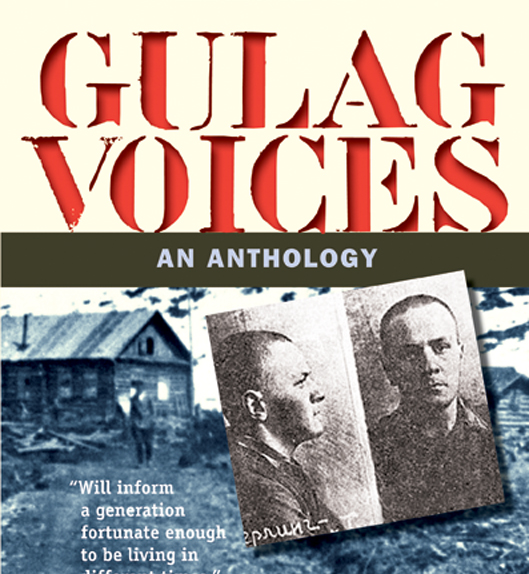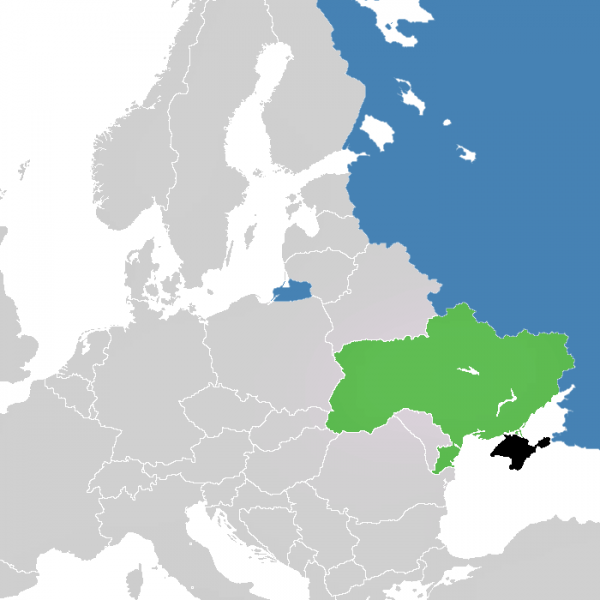History through Literature: Gulag Labor Camps in the Soviet Union
The names Auschwitz and Birkenau are often in the forefront of our minds when we talk about concentration and labor camps, but the Germans were not the only ones who used labor camps to round-up large sections of their population. It is estimated that, from 1930-1960, over 14 million people passed through several hundreds of Soviet Gulag labor camps. In Gulag Voices: An Anthology, Anne Applebaum talks about the diverse experiences of thirteen men and women who spent time in the camps. From food rations to sleeping arrangements, interrogations to sex, virtually no topic is left untouched.
 One of the most compelling stories in the anthology explores not only the strength of the human spirit, but also a little human ingenuity as well. Alexander Dolgun, who spent eight years in a Gulag camp, gives a haunting account of the interrogation methods to which he was subjected, but also tells a story about the importance of human companionship. Locked in a cold and tiny cell, Dolgun learned a system of Morse code-like tapping, originally used by political prisoners in Czarist Russia prior to the Soviet Revolution, from the prisoner in the cell next door. Having a companion to whom he could ‘say’ good morning and in whom he could find reassurance after a brutal interrogation session helped to boost Dolgun’s spirits considerably. This, combined with his tendency to sing songs when he knew he could not be heard (it was prohibited to sing or converse with other prisoners for fear of raising morale or instigating a coup) allowed Dolgun to pass the long days more tolerably in his cell.
One of the most compelling stories in the anthology explores not only the strength of the human spirit, but also a little human ingenuity as well. Alexander Dolgun, who spent eight years in a Gulag camp, gives a haunting account of the interrogation methods to which he was subjected, but also tells a story about the importance of human companionship. Locked in a cold and tiny cell, Dolgun learned a system of Morse code-like tapping, originally used by political prisoners in Czarist Russia prior to the Soviet Revolution, from the prisoner in the cell next door. Having a companion to whom he could ‘say’ good morning and in whom he could find reassurance after a brutal interrogation session helped to boost Dolgun’s spirits considerably. This, combined with his tendency to sing songs when he knew he could not be heard (it was prohibited to sing or converse with other prisoners for fear of raising morale or instigating a coup) allowed Dolgun to pass the long days more tolerably in his cell.
Dolgun’s story is one of many in the anthology in which prisoners found ways to improve their living conditions, often by means of dangerous and subversive acts. One such example was Anatoly Zhigulin, who used an axe to cut a deep gash in his foot in order to earn himself a weeklong stay in the hospital ward, where it was comparably warmer and where the food and sanitary conditions were much better. Both Zhigulin’s and Dolgun’s stories are at once disturbing and inspiring, showcasing not only the horrors which humans can inflict on each other, but also the creative means by which they learn to rise above their immediate situations.
As Applebaum notes in her introduction, however, the men and women whose stories have been told are those who have survived with enough strength to speak about their experiences—not to mention the literacy skills required to pen such memoirs. “Those factors alone,” Applebaum clarifies, “make them exceptional. The reader will not find here the testimony of those who died in the camps; those who survived through stealth, murder, or collaboration and could not bear to talk about it afterward; those who were driven mad or physically broken.” As wide-ranging as the collection of stories in Gulag Voices is, it startles the imagination to think of the many others which have gone, and continue to go, untold. Applebaum’s carefully-edited compilation is an important starting point for our exploration of a topic that has long been overlooked in Russia as well as in the rest of the world, and which calls for even deeper research about what really went on behind those fences.




